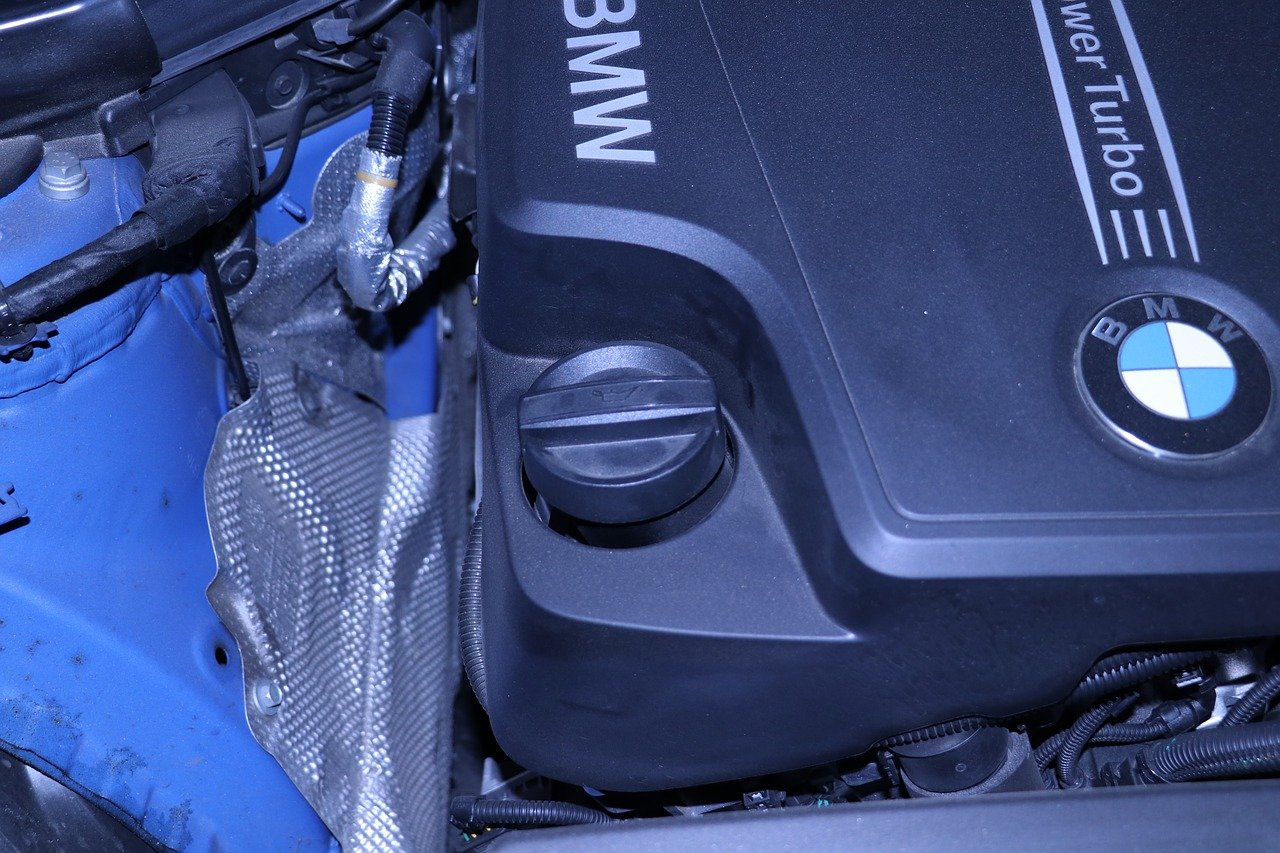Changing your engine oil
If you’re looking to save money during your car’s next service, consider doing the motor oil change by yourself. To change engine oil in a car is relatively easy, although you will need an understanding of what to look for and what to do.
If the oil drainage plug and oil filter is easy to access, then doing the motor oil and oil filter change yourself could be a viable option and will save you money. Consult your car’s manual as to their locations and also for information on oil type, and frequency of change.
In general, it is advised to change your car’s motor oil and oil filter at 5,000 miles or six months – depending which comes first. With so many car makes and versions in existence, it is highly advised you consult your manual for your car’s specific requirements.
Once you have identified whether or not you have easy access to the oil drainage plug and oil filter housing, you’ll need to gather together some necessary tools. You will require a wrench, a funnel, an old towel and a container pan. We would also advise on using gloves.
Before starting to change the engine oil in your car, you will have to warm up your vehicles engine by running the car up to 3 minutes. This will make the oil runnier and allow it to flow easily out of the engine oil plug. Once the engine is slightly warm to the touch, turn it off.
Important: Do not run the engine longer than it has too; this is to make sure that the motor oil doesn’t get too hot and accidentally burn you.
Once everything is ready, simply follow these steps:
- Pinpoint under your car’s bonnet where the vehicles oil drain plug is. It is normally a plug or large nut located below the engine. Hopefully, you’ll have easy access – if not, then you’ll have to carefully jack the car up or crawl underneath. Make sure you take safety into consideration.
- Once you have found the plug, place the container pan directly underneath. Make sure it has substantial depth because a lot of motor oil may come out.
- Carefully unscrew the drainage plug using the wrench, protecting your hands with the gloves and a towel. Make sure the container is successfully catching all the exiting engine oil.
 Next pinpoint where your oil filter casing is,then remove the cap to give you access to the oil filter. Unscrew the oil filter – you may need to use the wrench to loosen it
Next pinpoint where your oil filter casing is,then remove the cap to give you access to the oil filter. Unscrew the oil filter – you may need to use the wrench to loosen it
beforehand and remove it fully. Be aware that the filter will contain some engine oil.- Clean the old oil filter by draining the oil into the container, and then wrap it in newspaper and place in a bag.
- With the new oil filter in hand, open the new bottle of oil and lightly rub some of the oil onto the new oil filters gasket/seal until it is damp. Then carefully screw the new filter into where the old one was. Make sure it is tightly in place.
- Once the old oil has stopped running out of the drainage plug, wipe away any remaining oil and replace the plug. Use the wrench if needed to tighten the plug. Important: If your car’s oil drainage plug uses a gasket/seal, then make sure you replace the old one with a new one before tightening the plug.
- Now it is time to add the new oil to the engine. Open the engine oil filler cap and usinga funnel, carefully add a quarter of oil. Once done, replace the cap and turn on your vehicle. Allow it to run for up to 60 seconds to see if there are any leaks. Particularly check around the oil drainage plug and filter.
- Turn off the vehicles engine and wait 10 minutes for the new oil to settle. Locate the oil dipstick and check the current oil level. You will need to firstly wipe away any oil from the dipstick and then replace it back in. Then remove it again and check the oil level. The dipstick normally has a min. and max.marking, or two grooves.
- Keep adding the new engine oil by following step 8 (without having to let the engine run for 60 seconds or checking for leaks). Until you reach the max. or top groove on the dipstick. This will signify that the oil level is full.
- Carefully moving the container and old oil from underneath the car, take the vehicle for a quick test drive. Making sure everything runs smoothly. Once back, turn off your engine and allow the car to settle for 10 minutes again. Recheck the oil dipstick by following step 9 and if the level still shows as full – congratulations, that’s how you change engine oil in your car.
Engine Oil – Things to note:
Important: For the protection of the environment and with many areas being also a legal requirement, you will have to dispose of your old motor oil and oil filter properly. Consult what your local areas rules are in regards to this, but generally you will have to take the old oil and filter to a recycling centre, car parts shop or mechanics.
We hope this Expat College tutorial on how to change your car’s motor oil has been useful. Let us know how your experience was in the comments below. For more informative tutorials, please refer to our How-to guides section.






Leave A Comment